Live With Latin American Artwork: Color, Story, and Soul
Chosen theme: Latin American Artwork as Home Decoration. Explore how paintings, textiles, ceramics, and folk sculpture from across Latin America transform rooms into living galleries filled with memory, craft, and joy. Subscribe for monthly inspiration, artisan spotlights, and simple room-by-room guides tailored to Latin American artwork at home.
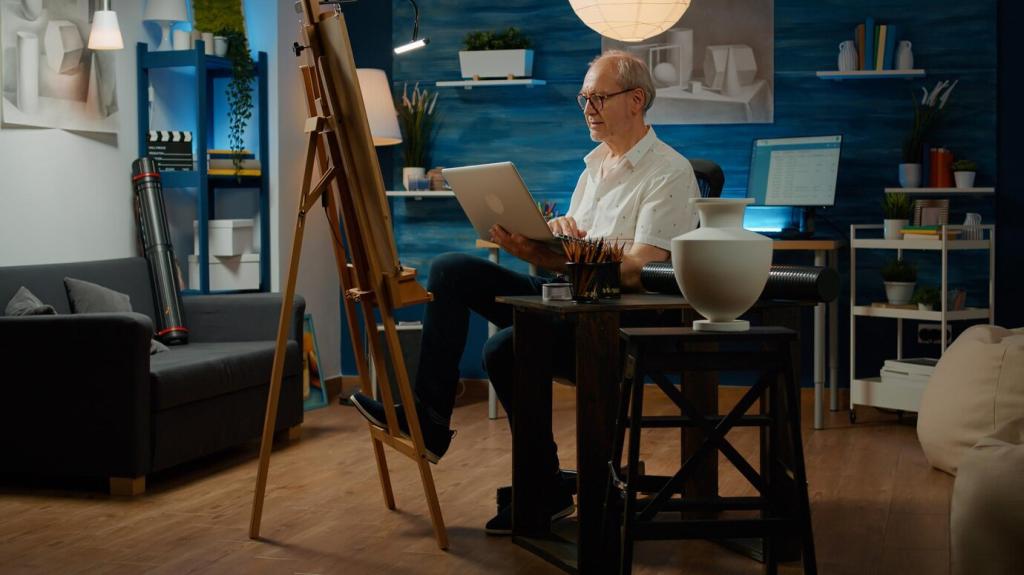
Why Latin American Artwork Belongs in Your Home
Color That Lives With You
From the saturated magentas of Andean weavings to the sunlit blues of Caribbean paintings, Latin American color palettes brighten moods and anchor spaces. Choose tones that echo your existing textiles, then let one courageous hue guide cushions, throws, and even flowers.
Handmade Heritage
Each hand-carved mask, embroidered Otomi cloth, or Talavera dish carries touch and time. Displaying these pieces brings artisan voices into your home, reminding everyone that beauty can be ethical, storied, and personal rather than anonymous or mass-produced.
A Conversation Starter in Every Room
When guests ask about a woven wall hanging from Chiapas or a small retablo from Peru, you share journeys, markets, and faces behind the objects. Those stories bond people, turning decoration into meaningful connection rather than decoration for decoration’s sake.
Building a Cohesive Palette Around Latin American Art
Study a dominant color in your artwork and map two supporting shades drawn from it. An Oaxaca textile might inspire clay pink, cactus green, and restrained charcoal, creating harmony across rugs, bookshelves, and ceramics without draining the art’s magnetic energy.
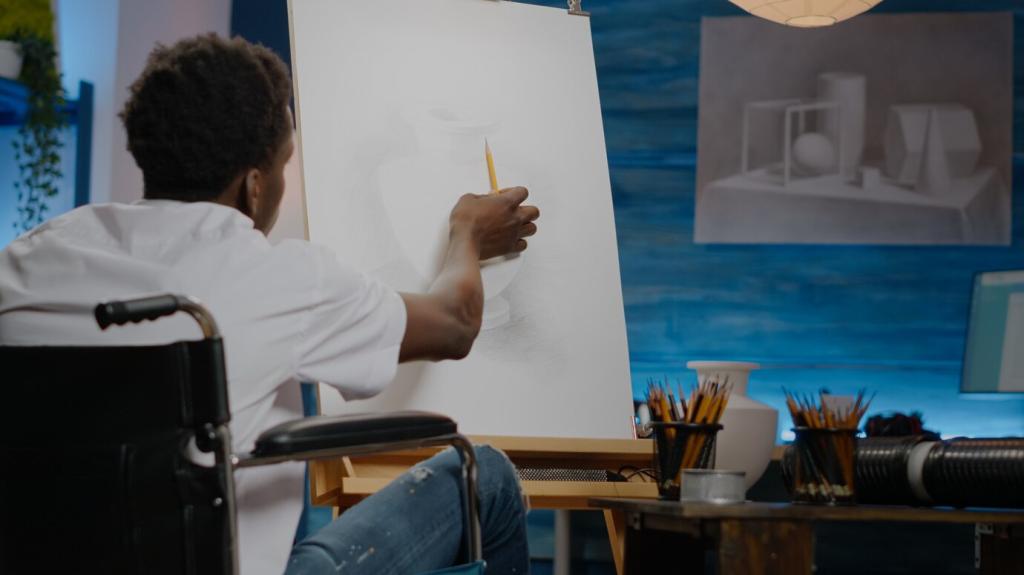
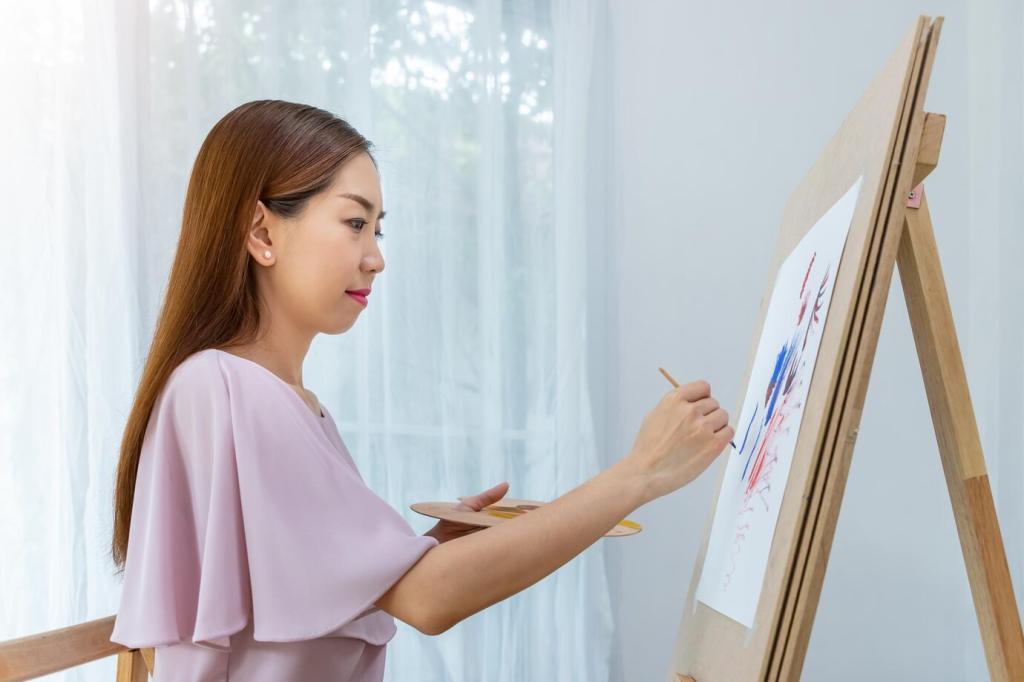
Curating a Personal Collection at Home
Choose a single standout: perhaps a framed serigraph from Mexico City or a carved calavera from Michoacan. Let it define height, palette, and mood, then add supporting objects that echo its story rather than competing for attention across the room.
Curating a Personal Collection at Home
Combine textiles, ceramics, and prints with rhythm. A delicate Peruvian retablo belongs near a sturdy clay pot, not beneath a heavy shelf. Contrast leads to balance; the right neighbor ensures every Latin American piece reads clearly and feels intentionally placed.
Gallery Walls with Narrative Flow
Arrange by story rather than size. Begin with the piece that holds the most memory, maybe a market watercolor, then orbit related textures. Interleave family photos taken on the trip that inspired the acquisition to merge life and Latin American artwork into one shared narrative.
Lighting that Loves Color
Use warm, high-CRI bulbs aimed indirectly to avoid glare on ceramics and glass. Picture lights over textiles must run cool, since excessive heat fades dyes. Ideally, layer task, ambient, and accent lighting to maintain evening vibrancy that flatters saturated Latin American palettes.
Protecting Textiles and Ceramics
Rotate textiles out of harsh sun and dust them gently with a soft brush. For ceramics, felt pads prevent scratching shelves. These small rituals keep Latin American artwork thriving in daily life, balancing real use with preservation, and honoring the makers behind every piece.
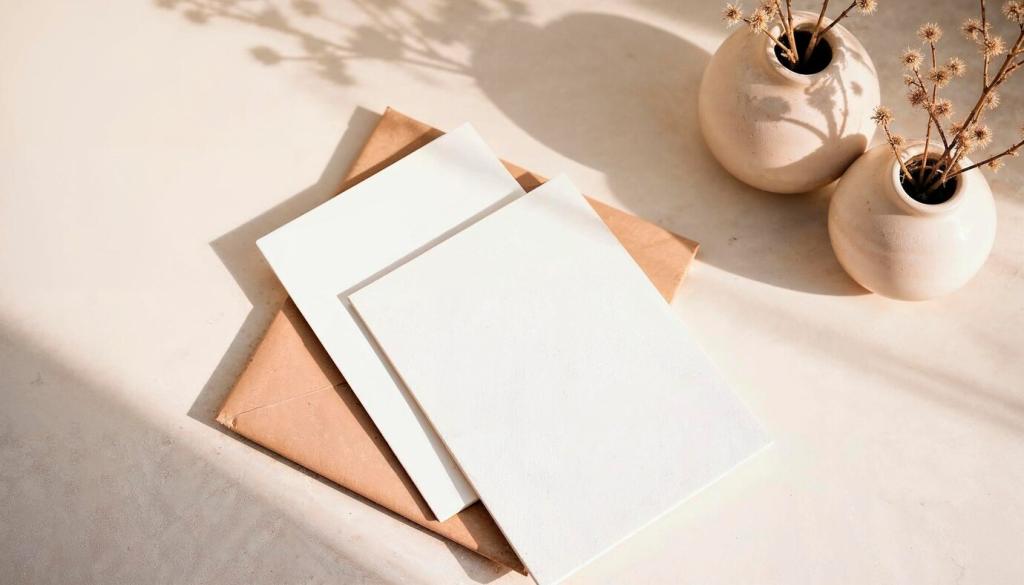
Stories and Meaning: The Heart Inside the Objects
A reader wrote to say an Otomi runner, bought from a cooperative in Hidalgo, reshaped her dining room. She swapped heavy chairs for lighter ones, then pulled colors from the embroidery for napkins and candles. Dinner now begins with gratitude for hands she can name.
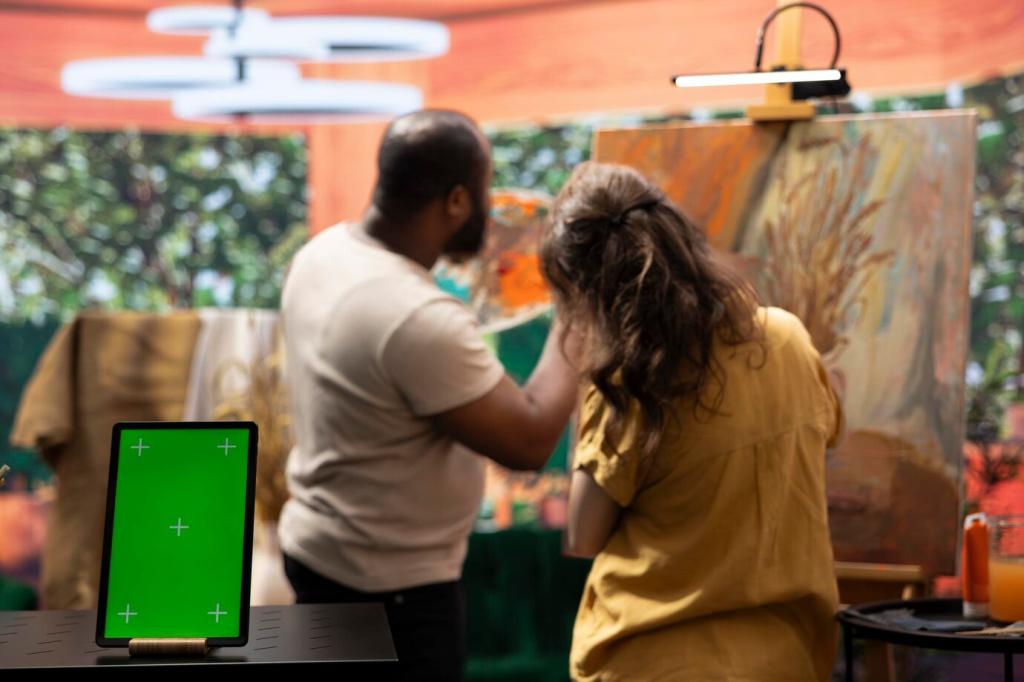
Stories and Meaning: The Heart Inside the Objects
Another family framed their fireplace with reclaimed Talavera, each tile slightly imperfect. Guests always choose a favorite square. The hearth became an atlas, a warm reminder of Puebla workshops, and proof that Latin American artwork can anchor rituals without feeling precious or untouchable.
Ethical Sourcing and Trustworthy Buying
Buy from Cooperatives and Artists
Whenever possible, pay the makers directly or work with verified cooperatives. Fair pricing keeps techniques alive, while your home gains the most authentic version of Latin American artwork – rooted in community, not a trend that forgets the people who shaped it.
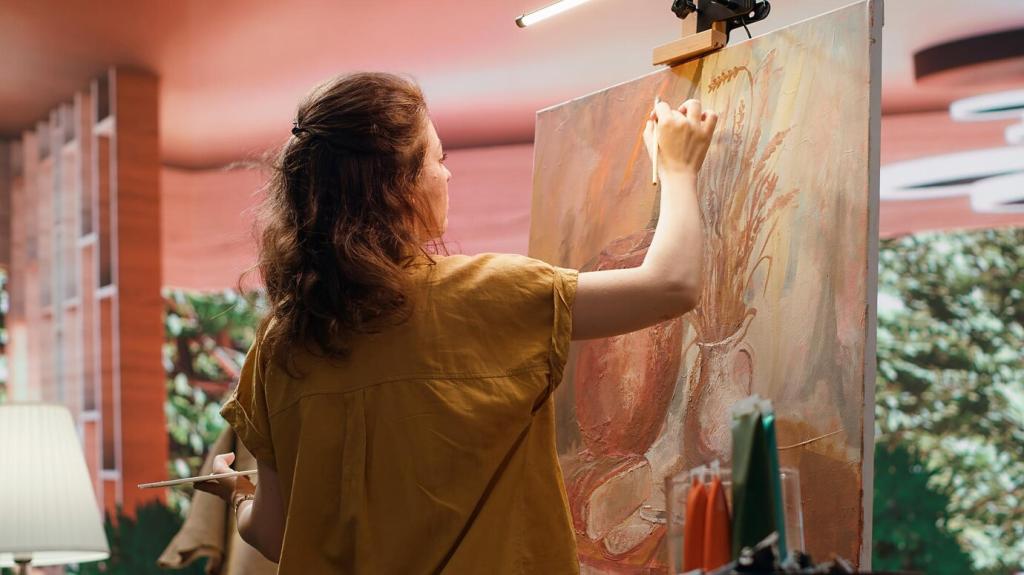
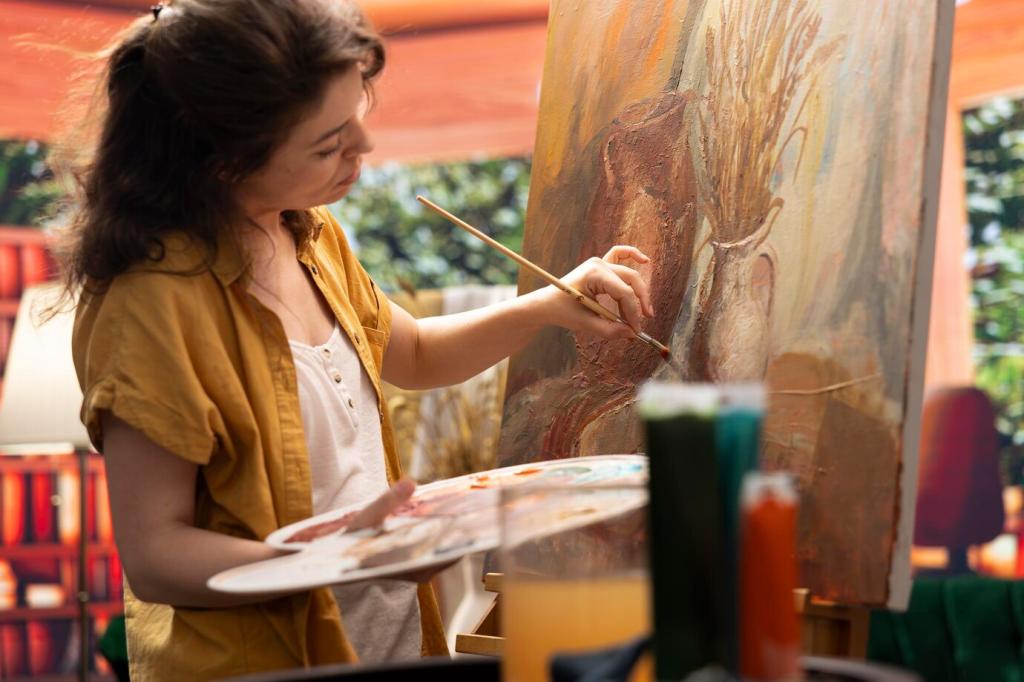
Reading Provenance with Care
Ask for the artist’s name, region, and materials. Save receipts or maker notes behind frames. This simple habit turns decoration into a journal, connecting your Latin American pieces to specific hands and places, and protecting you from mass-produced imitations that lack soul.
Seasonal Refresh: Keeping the Story Alive
Spring Textiles, Autumn Ceramics
Let bright Guatemalan textiles sing in spring and summer, then spotlight earthy ceramics and wood carvings in cooler months. Rotation keeps Latin American artwork fresh, honors material needs, and invites you to notice details that routine might otherwise blur or forget.
Hosting with Latin American Tablescapes
For gatherings, layer a woven runner, hand-painted plates, and a modest bouquet that mirrors the art’s colors. Share a quick origin story before the meal. Guests lean in, listen, and leave remembering both the flavors and the Latin American pieces that framed the evening.
Invite Your Community Into the Process
Post a photo of your favorite corner, ask readers for placement tips, and subscribe for monthly artist spotlights. Together we learn, celebrate makers, and keep Latin American artwork as home decoration alive – more than a look, a living exchange that grows with every conversation.
